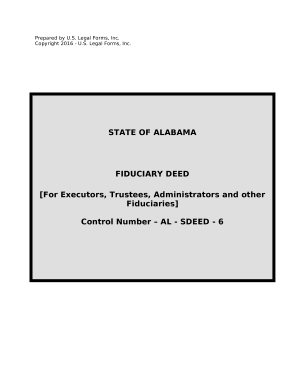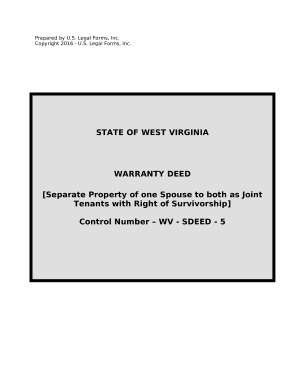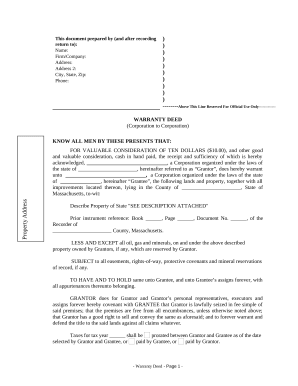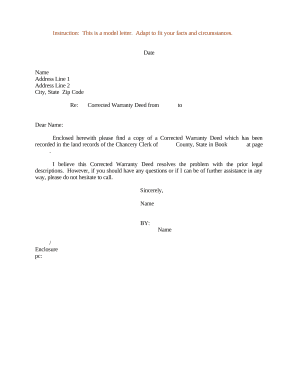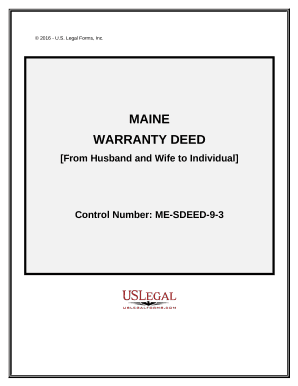Improve your productiveness with Downloadable Warranty Deed Forms
Document management occupies to half of your office hours. With DocHub, you can reclaim your office time and boost your team's productivity. Get Downloadable Warranty Deed Forms collection and check out all form templates related to your daily workflows.
Effortlessly use Downloadable Warranty Deed Forms:
- Open Downloadable Warranty Deed Forms and apply Preview to find the suitable form.
- Click Get Form to start working on it.
- Wait for your form to open in our online editor and begin modifying it.
- Add new fillable fields, symbols, and pictures, modify pages order, and many more.
- Fill out your template or set it for other contributors.
- Download or deliver the form by link, email attachment, or invite.
Accelerate your daily document management using our Downloadable Warranty Deed Forms. Get your free DocHub account right now to discover all templates.

